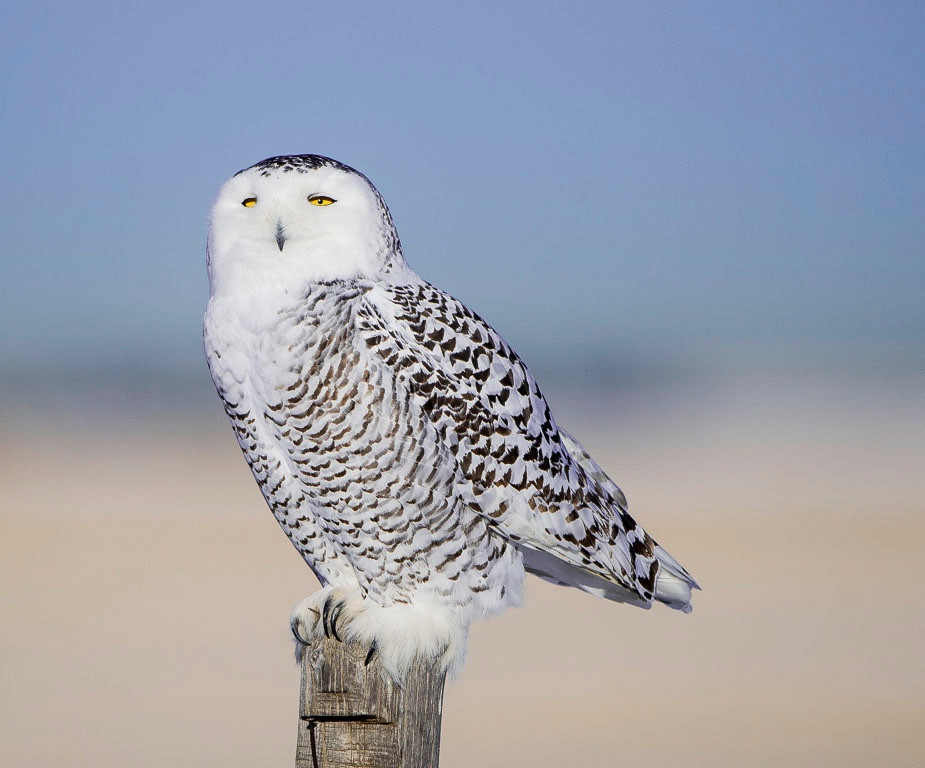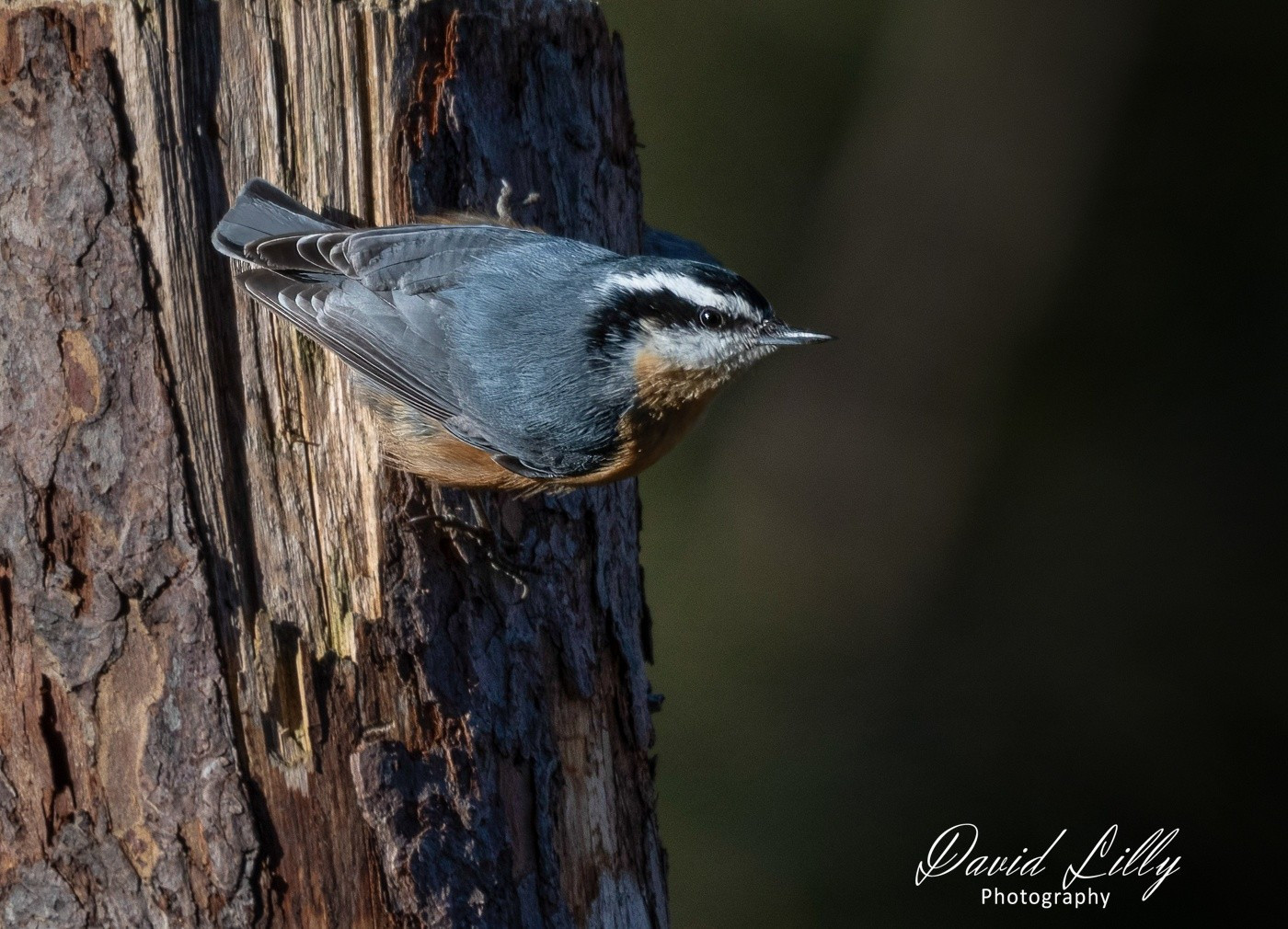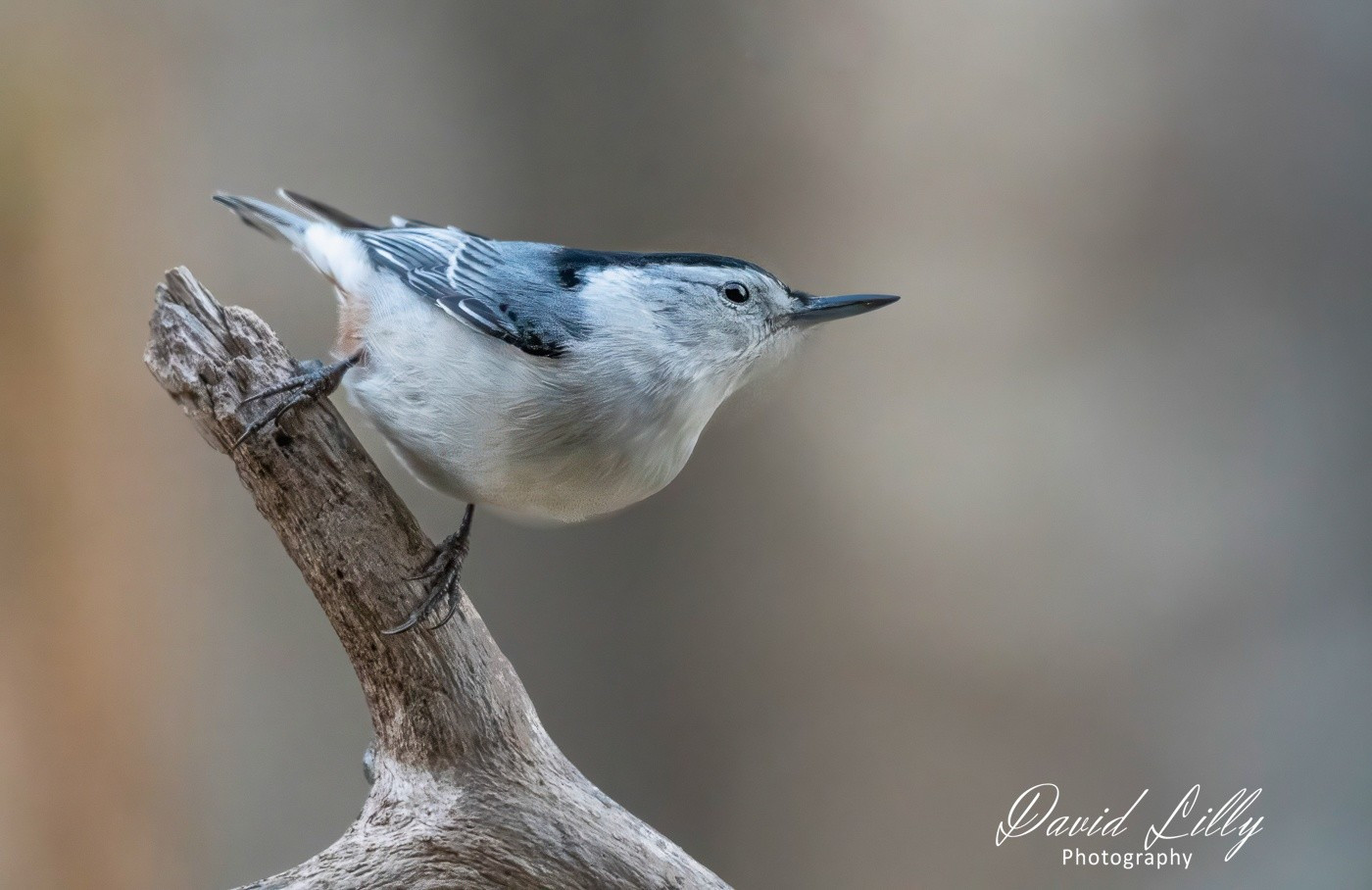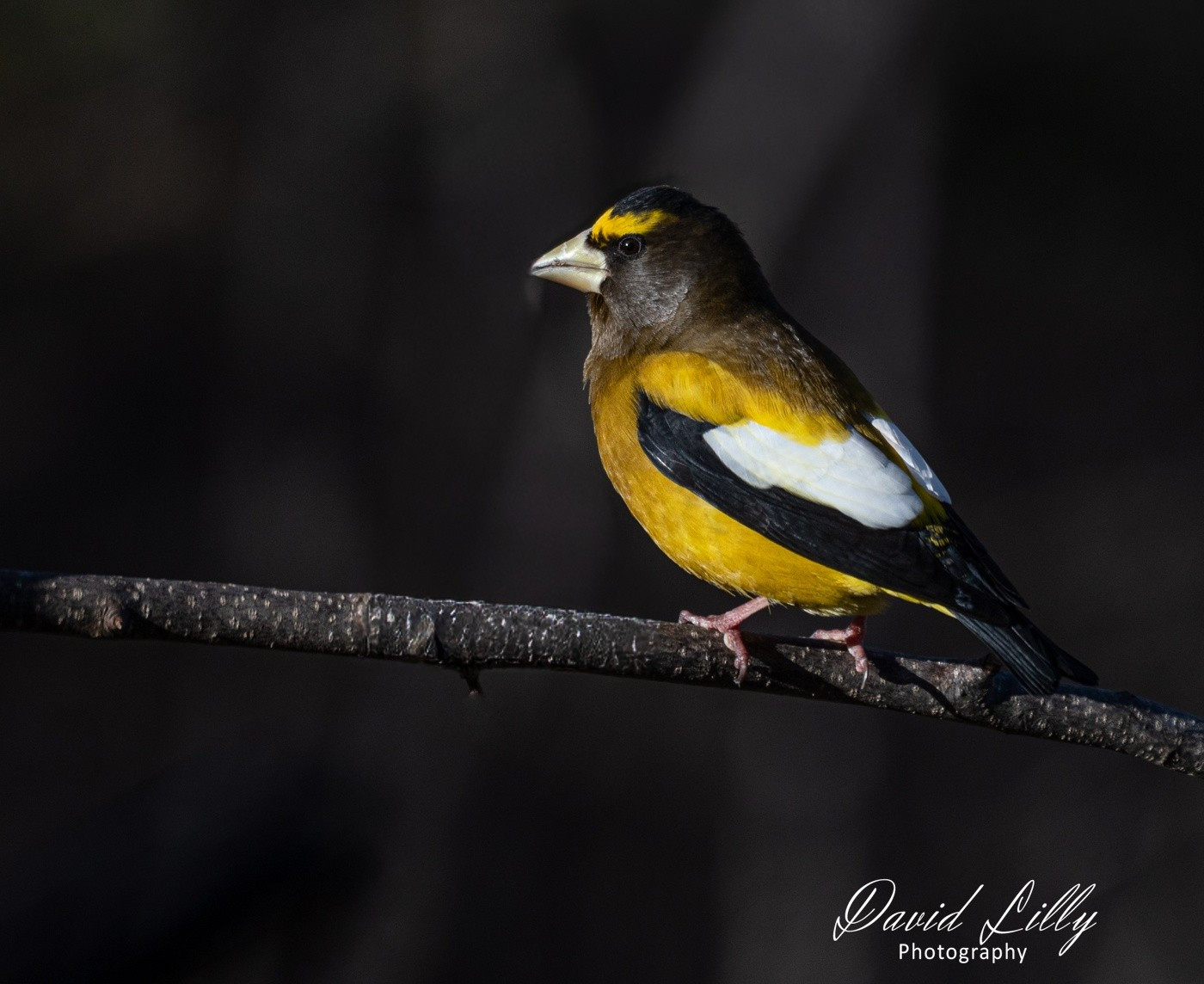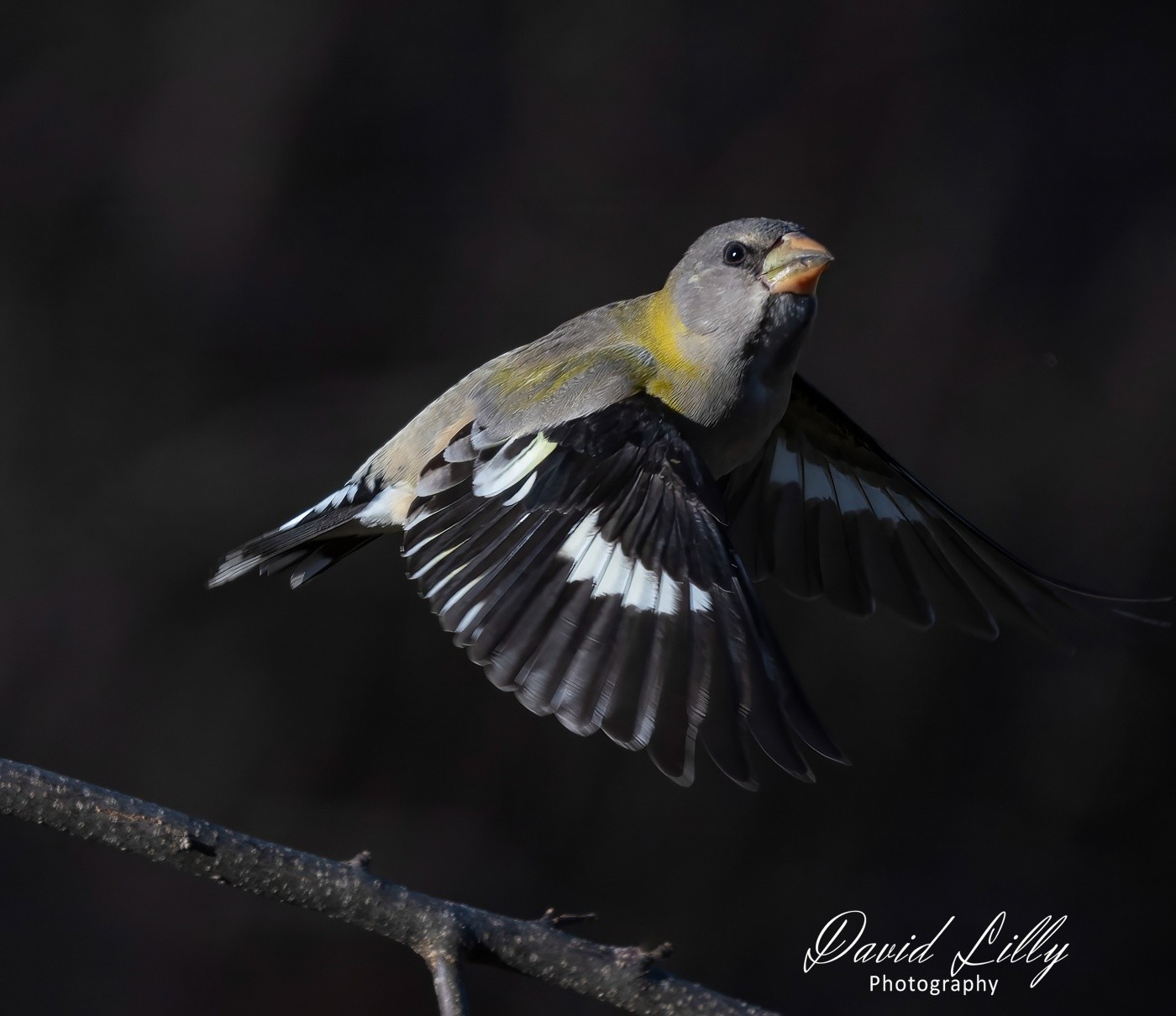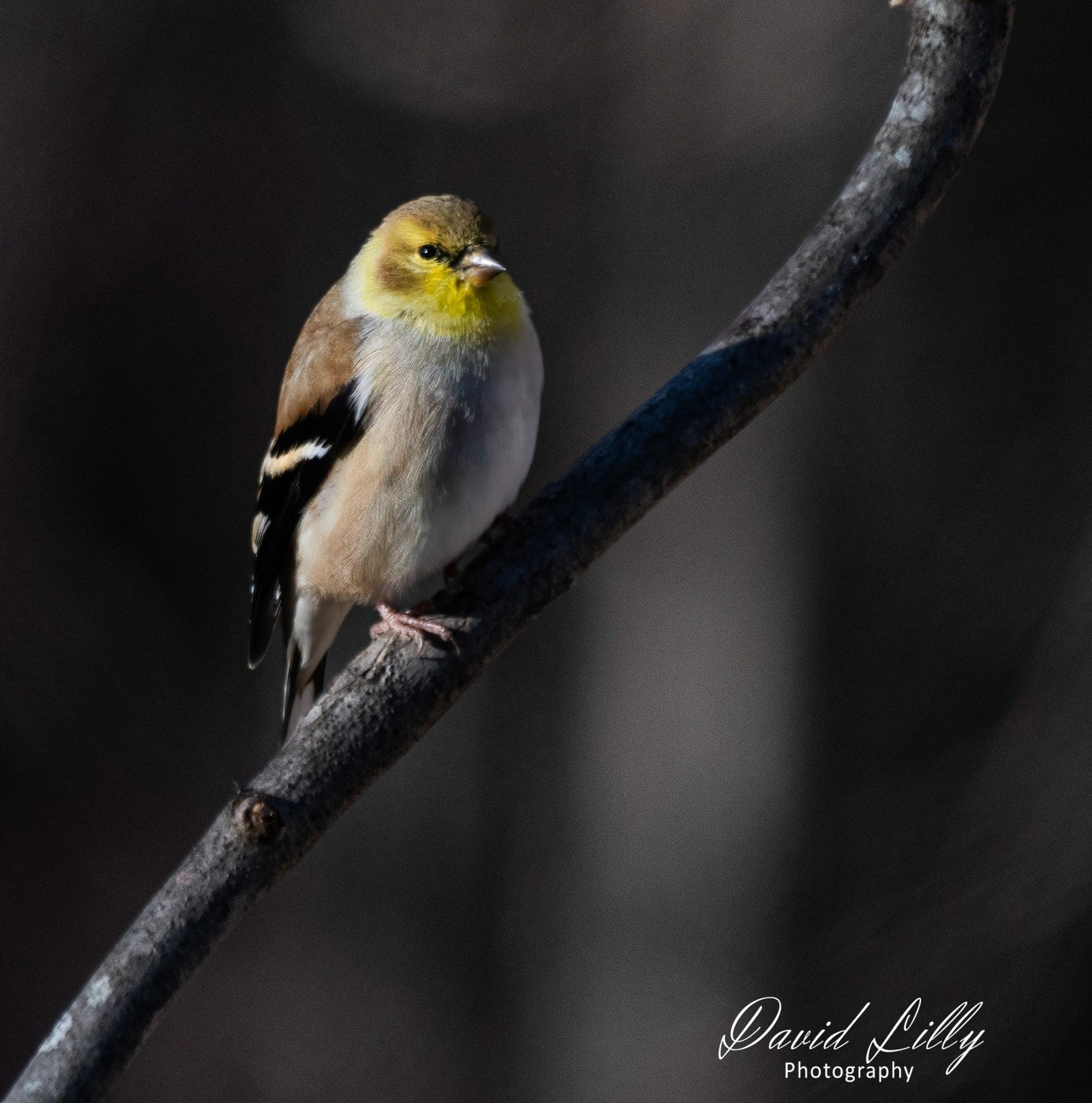All Photographs by David Lilly
I have had a variety of birds in my backyard this fall.
The latest visitors were the Evening Grosbeak. They came in flocks of 30 or more.
Nikon D 500 with a Nikon 200 - 500mm 5.6 lens
Grand Manan Island in New Brunswick is a premier destination for bird photography, offering a rich diversity of avian species and stunning natural backdrops. Its location along the Atlantic Flyway makes it a hotspot for both migratory and resident birds.
For warbler migration the best time to visit the Island is the second and third week of May. However, the weather plays a a big part on the number of migrating birds. Windas from the SW and clear nights are the best. On this trip I had horrible weather- winds were from the NW completely opposite of what I hoped for. Below is a small gallery of some birds I was able to photograph.
Top Bird Photography Locations on Grand Manan
North Head: this was my favourite location. If there are birds that manage to migrate, this is where you are most likely to see them early in the morning.
Swallowtail Lighthouse: This iconic site provides panoramic views and is frequented by various seabirds, making it ideal for capturing birds in flight against dramatic coastal scenery
Castalia Marsh: A haven for shorebirds, especially during high tide. The salt marsh environment attracts species like sandpipers and plovers, offering excellent opportunities for close-up shots.
The Anchorage Provincial Park: Equipped with trails and observation blinds, this park allows photographers to observe a variety of bird species in their natural habitats without causing disturbance.
Grand Manan Migratory Bird Sanctuary: This sanctuary plays a crucial role in the survival of migrating and wintering waterfowl, including species like the American Black Duck and Bufflehead.
Canadian Bird photographers can enjoy their bird photography in winter as well as in the summer. There are many species of birds found in Canada during the winter. As a matter of fact, some species can only be found in the southern part of Canada in the winter, Snowy owl and the Snow Bunting, for example. However, winter bird photography does present some challenges.
The first challenge is the cold. How do we protect our camera equipment in the cold and stay safe?
Although winter can be cold, it should not be an excuse not to photograph birds. There are opportunities galore; enjoy your winter birding photography.
Black-capped chickadee by David Lilly
Dark eyed Junco by David Lilly
Fox sparrow by David Lilly
Sharp-tailed grouse by David Lilly
To the right a tern captured in flight.
Nothing unusual except the camera equipment i used to capture this Common tern.
It was captured with Nikon D300s with a Nikon 500mm F4 lens. Just to prove a point about all of the hype about the latest and greatest camera equipment.
Common Behavior: A male tern catches a small, shiny fish and carries it around in his beak, displaying it to females. If a female accepts the fish, it solidifies their pair bond.

